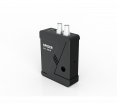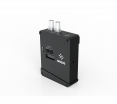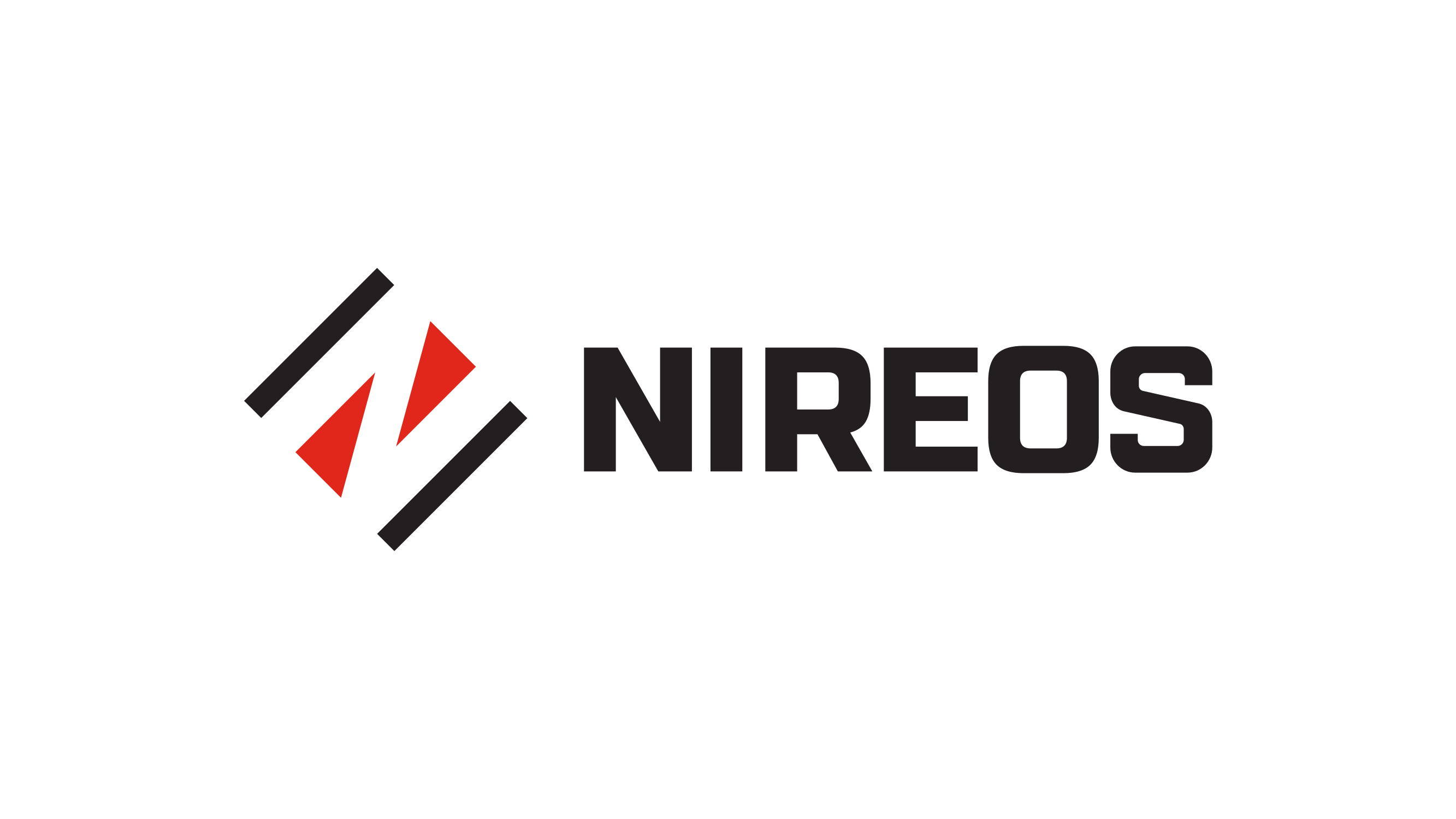Broadband photodetector SPIDER
The SPIDER (Singel-PIxel DEtectoR) photodetector from Nireos covers an extensive wavelength range of 320 nm – 1700 nm thanks to the innovative sandwich design of a silicon (Si) and an indium gallium arsenide (InGaAs) photodiode. For the first time, it offers a complete device with an integrated 24-bit data acquisition system.
In combination with the 8 available amplification levels, this allows the SPIDER to provide very good resolution of the optical input signal with direct USB output to the computer. In combination with the 8 available amplification levels, this allows the SPIDER to provide very good resolution of the optical input signal with direct USB output to the computer. Analog standalone operation is also possible using the integrated amplification selection buttons, OLED display and BNC outputs.
Key features
- Complete device with 8 amplification levels and integrated 24-bit analog-to-digital converter (ADC) with USB output
- Standalone operation with display, amplification selection at the push of a button and two BNC outputs
- Wavelength range 320 – 1700 nm
- Free-space or fiber-coupled use
- Programmable amplifier levels: 8 levels, 1.5 kΩ to 4.4 MΩ
- Bandwidth: up to 56 kHz (depending on chosen amplification and sampling rate with up to 120 SPS/channel)
Control
- USB control via software, user-friendly DLL or Labview code
- Manual control via buttons and OLED display
- System integration via 3 programmable GPIOs (general purpase digital input-output pins)
To improve performance, the bandwidth of the photodetector has been deliberately limited to up to 56 kHz so that unwanted higher frequency noise is eliminated and unwelcome signals are avoided during digitization.
The three programmable general purpose input outputs (GPIOs) allow the SPIDER to be used for a wide variety of setups: it can trigger other devices, start or stop a single or continuous measurement at signal input, but also the amplification level of the individual channels can be increased or reduced in this way. By smart use of the GPIOs and with a pulsed light source, a differential measurement can be realized even with stronger background signals, for example.





